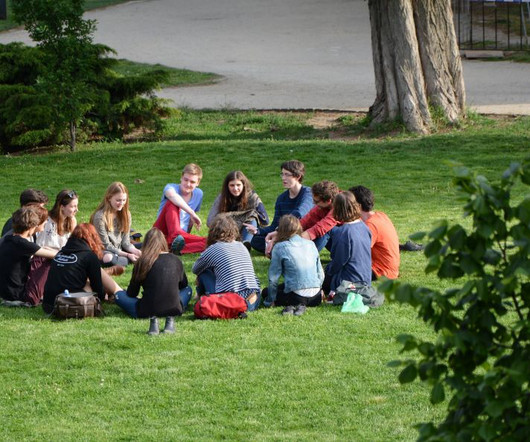Leveraging technology for effective Assessment feedback (part 1): How to do I.T.?
Teaching Matters Academic Communities
JUNE 19, 2023
Photo credit: Beth Macdonald CC0 Unsplash In this extra post, Avita Rath shares her experience with using technology positively to improve her assessment and feedback practices in a way that is interactive, agentic and empowering for students. Such formats aid student motivation and are suitable for a large cohort (Ryan, 2018).












Let's personalize your content